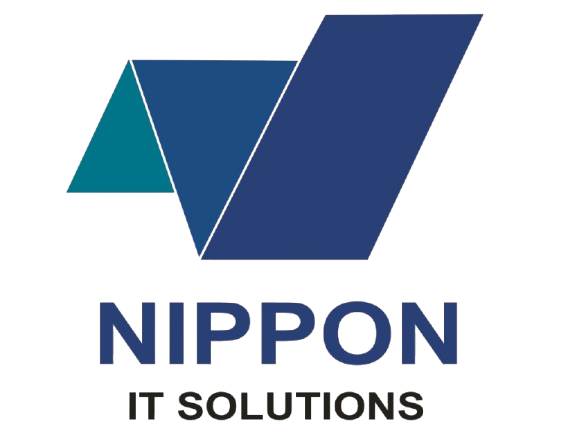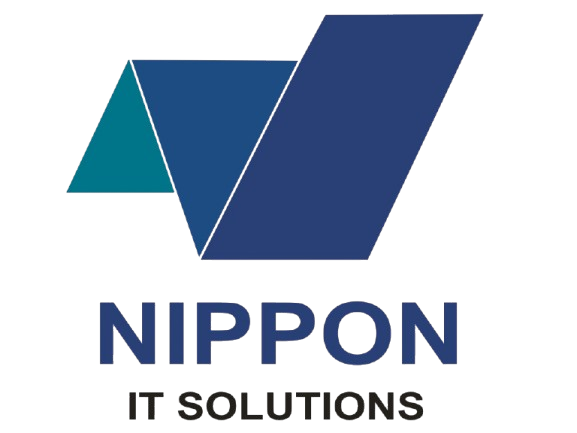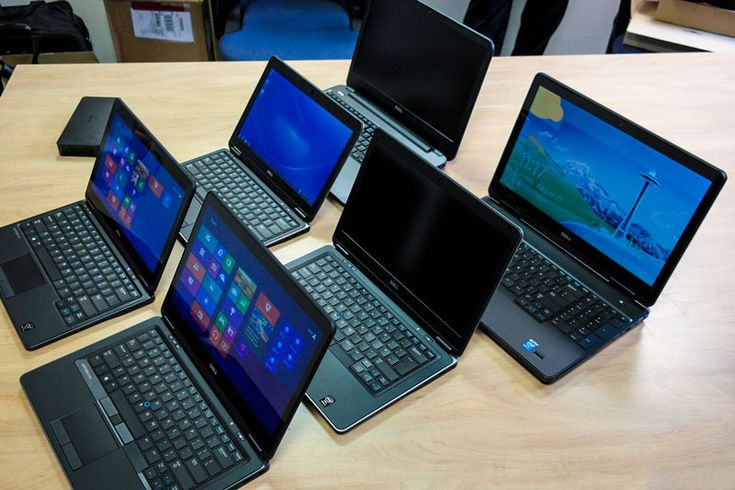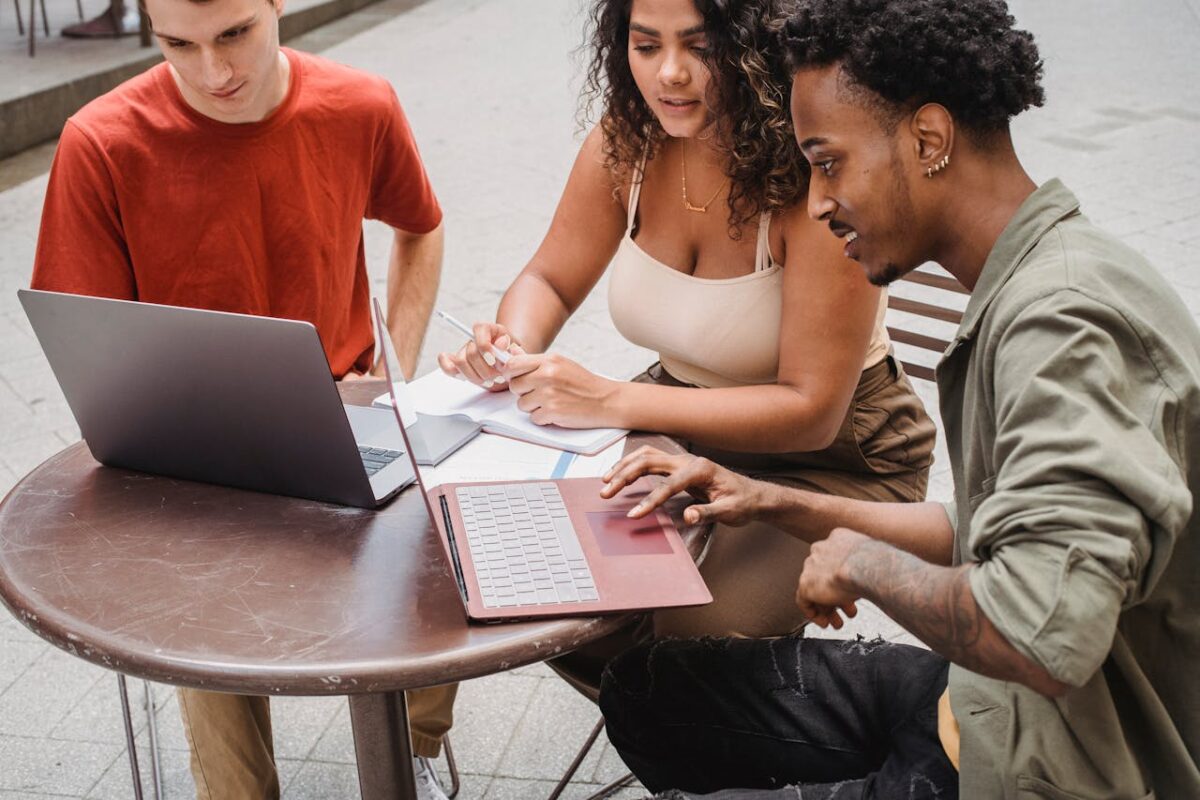Here Are 20 Easy Ways to Improve Your Laptop Battery Life and Performance!
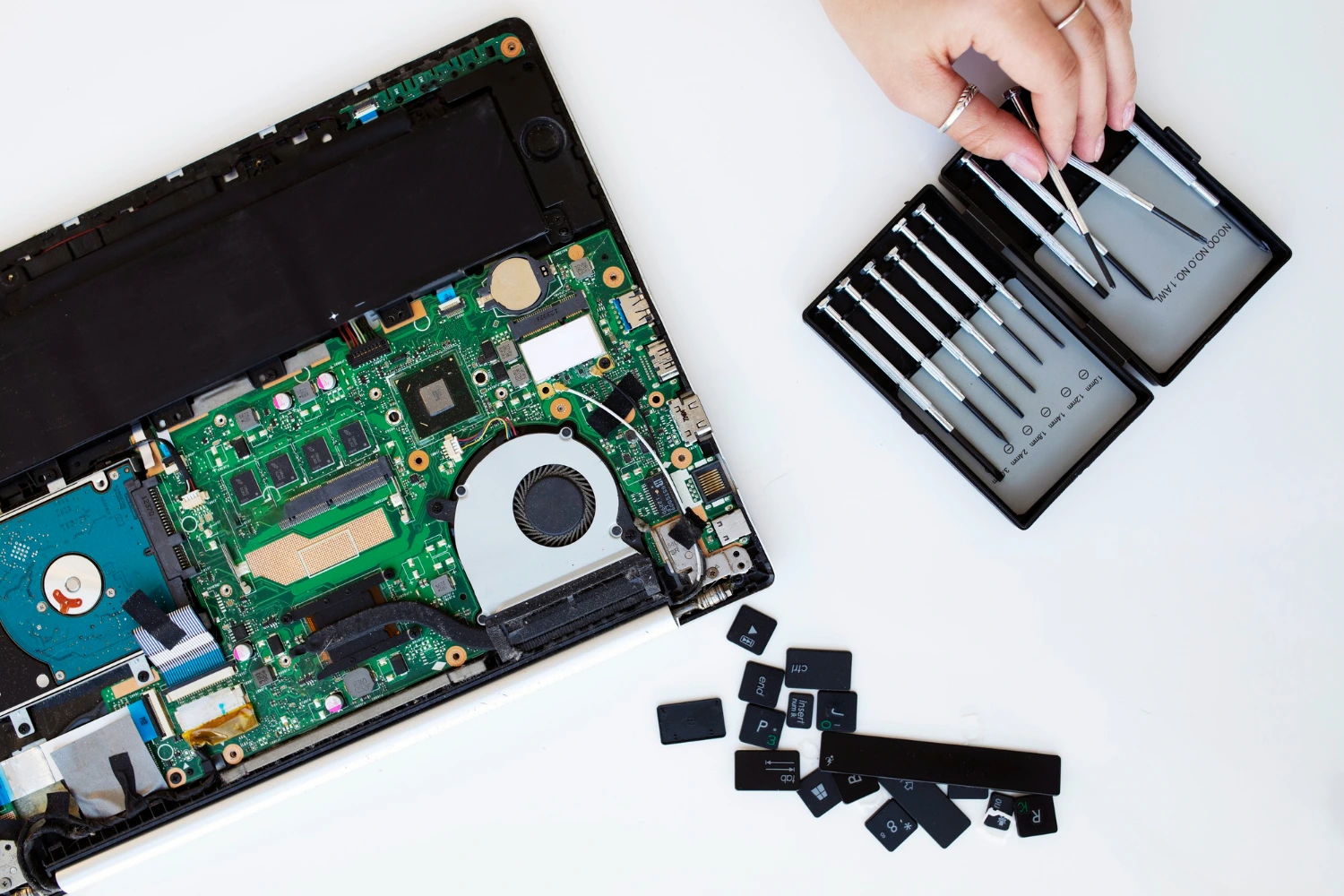
Laptops have become essential tools for work, entertainment, and communication. However, as time passes, battery life and performance can start to degrade. This guide will walk you through actionable strategies to extend your laptop’s battery life and keep it running smoothly. If you are looking for high quality laptop batteries check out our latest offerings!
1. Optimize Your Power Settings
Your laptop comes with built-in power settings that can significantly impact battery life. Adjusting these settings can help your laptop consume less energy and last longer on a single charge.
How to Optimize Power Settings:
- Use Power Saver Mode: Windows and macOS offer different power modes. Choose “Power Saver” on Windows or “Low Power Mode” on macOS to reduce energy consumption.
- Adjust Display Brightness: Lowering screen brightness can significantly save battery life.
- Disable Background Applications: Many apps run in the background, draining power. Close unnecessary applications to conserve battery.
- Use Sleep or Hibernation Modes: Instead of leaving your laptop on, use sleep or hibernation modes when you’re not using it for extended periods.
Read More: Microsoft’s Guide on Power Settings
2. Keep Your Laptop’s Battery Healthy
A well-maintained battery lasts longer and performs better. Follow these best practices to keep your battery in optimal condition.
Battery Health Tips:
- Avoid Overcharging: Keeping your laptop plugged in 24/7 can degrade the battery over time.
- Charge Between 20% and 80%: Studies show that keeping your battery within this range helps prolong battery lifespan.
- Avoid Heat Exposure: Excessive heat can damage the battery. Keep your laptop in a cool environment.
- Use the Right Charger: Using third-party or lower-quality chargers can reduce battery efficiency.
Read More: Apple’s Guide on Battery Health
3. Manage Startup Programs and Background Processes
Too many background processes can slow down your laptop and drain battery life. Managing startup applications can improve both performance and energy efficiency.
Steps to Manage Startup Programs:
- Windows Users:
- Press
Ctrl + Shift + Escto open Task Manager. - Navigate to the “Startup” tab.
- Disable unnecessary startup applications.
- Press
- Mac Users:
- Go to System Preferences > Users & Groups.
- Click on “Login Items.”
- Remove applications that are not essential.
Read More: How to Manage Startup Apps on Windows
4. Keep Your Software and Drivers Updated
Regular updates help optimize your laptop’s performance and battery efficiency.
Why Updates Matter:
- Fix Security Issues: Updates patch vulnerabilities that could slow down your system.
- Improve Performance: Updated drivers and OS updates enhance efficiency.
- Optimize Battery Usage: Some updates include improvements in power management.
How to Update:
- Windows: Go to Settings > Update & Security > Windows Update.
- Mac: Open System Preferences > Software Update.
Read More: How to Update Your Windows PC
5. Optimize Your Storage and Remove Unnecessary Files
Storage clutter can slow down your laptop. Optimizing storage can enhance speed and efficiency.
Storage Management Tips:
- Delete Unnecessary Files: Use built-in tools like “Storage Sense” (Windows) or “Optimize Storage” (Mac) to remove junk files.
- Use External Storage: Store large files on an external drive to free up space.
- Clear Cache and Temporary Files: Regularly clear cache and temp files to prevent unnecessary slowdowns.
Read More: Best Storage Optimization Practices
6. Reduce the Number of Open Applications
Running too many applications at once drains memory and battery life.
Tips to Reduce Open Applications:
- Use Task Manager (Windows) or Activity Monitor (Mac) to close unnecessary apps.
- Avoid Keeping Multiple Browser Tabs Open.
- Use Lightweight Alternatives to Heavy Software.
Read More: How to Improve Laptop Performance
7. Adjust Graphics and Performance Settings
High-performance settings can drain battery life quickly. Adjusting them can help balance performance and power consumption.
Graphics Settings Optimization:
- Reduce Screen Resolution and Refresh Rate (if high settings are unnecessary).
- Turn Off GPU Acceleration when not needed.
- Use Integrated Graphics Instead of Dedicated GPU (if you don’t need high-performance graphics).
Read More: How to Optimize Graphics Performance
8. Clean Your Laptop and Maintain Proper Ventilation
Overheating can degrade performance and battery life. Keeping your laptop clean helps prevent dust buildup and improves airflow.
Maintenance Tips:
- Clean the Cooling Fans Regularly.
- Use a Cooling Pad to Improve Airflow.
- Avoid Using Laptops on Soft Surfaces (like beds or couches) to Prevent Overheating.
Read More: How to Prevent Laptop Overheating
9. Disable Unused Peripheral Devices
External devices like USB drives, external hard disks, and connected peripherals consume power even when idle. Disconnecting them when not in use can save battery life.
Power-Saving Tips:
- Unplug USB Devices: Remove USB storage devices, external webcams, and other peripherals when not in use.
- Turn Off Bluetooth and Wi-Fi When Not Needed: Wireless connections constantly search for networks, draining battery power.
- Disable Backlit Keyboard: If your laptop has a backlit keyboard, turning it off can help conserve energy.
Read More: Guide to Disabling Unused Devices
10. Reduce Background Internet Activity
Unnecessary background internet activity can consume both bandwidth and battery power. Managing your laptop’s network usage can help conserve energy.
Ways to Minimize Background Activity:
- Limit Automatic Updates: Configure updates to occur only when connected to power.
- Restrict Cloud Syncing: Pause OneDrive, Google Drive, or Dropbox syncing when running on battery.
- Disable Background Apps: Check which applications are using the internet in the background and disable them.
Read More: How to Control Background Apps
11. Optimize RAM Usage
More RAM usage means more power consumption. Optimizing your RAM usage can help prolong battery life and improve overall performance.
Steps to Optimize RAM:
- Close Unused Applications: Running too many apps at once drains battery and slows performance.
- Disable Startup Programs: Prevent unnecessary programs from launching at startup.
- Use Lightweight Applications: Choose software that consumes fewer system resources.
Read More: Guide to Freeing Up RAM
12. Use Battery Saver Apps
Battery saver applications can help manage power usage efficiently by limiting background processes and optimizing settings automatically.
Best Battery Saver Apps:
- Windows: Battery Saver Mode (Built-in)
- Mac: Energy Saver Mode (Built-in)
- Third-Party Options: Battery Optimizer, AVG TuneUp
Read More: Top Battery Saver Apps
13. Upgrade to an SSD
Traditional hard drives consume more power compared to SSDs. Switching to a solid-state drive (SSD) can enhance battery life and boost performance.
Benefits of SSDs:
- Consumes Less Power: No moving parts, leading to better energy efficiency.
- Faster Performance: Reduces boot and load times significantly.
- Longer Battery Life: Less strain on your system results in improved power management.
Read More: HDD vs. SSD: Which One to Choose
14. Use Dark Mode and Dark Wallpapers
Dark mode and darker wallpapers can reduce battery consumption, particularly on OLED and AMOLED screens.
How to Enable Dark Mode:
- Windows: Settings > Personalization > Colors > Choose “Dark” Mode.
- Mac: System Preferences > General > Appearance > Select “Dark” Mode.
Read More: How Dark Mode Saves Battery
15. Enable Airplane Mode When Not Using Wireless Connections
If you don’t need Wi-Fi or Bluetooth, turning on Airplane Mode can extend battery life significantly.
Steps to Enable Airplane Mode:
- Windows: Open Settings > Network & Internet > Turn on Airplane Mode.
- Mac: Click the Wi-Fi or Bluetooth icon and disable both.
Read More: How to Use Airplane Mode on a Laptop
16. Regularly Calibrate Your Battery
Laptop batteries lose accuracy in charge readings over time. Calibrating your battery every few months can improve performance and longevity.
Steps to Calibrate:
- Charge your laptop to 100% and keep it plugged in for two more hours.
- Unplug and use the laptop until it fully drains and shuts down.
- Charge back to 100% without interruption.
Read More: How to Calibrate Your Laptop Battery
17. Keep Your Laptop Firmware Updated
Firmware updates optimize battery efficiency by improving power management.
How to Update Firmware:
- Check Manufacturer’s Website: Look for BIOS or firmware updates.
- Use Built-in Update Tools: Some brands (e.g., Dell, Lenovo) have update software pre-installed.
Read More: How to Update Your Laptop BIOS
18. Use a Lower Screen Refresh Rate
High refresh rates can drain your battery faster, especially if your laptop defaults to 120Hz or higher.
Steps to Adjust Refresh Rate:
- Windows: Settings > Display > Advanced Display Settings > Choose a lower refresh rate.
- Mac: System Preferences > Displays > Refresh Rate.
Read More: Guide to Adjusting Refresh Rate
19. Set a Lower Maximum CPU Performance Limit
Reducing the CPU’s maximum performance can save battery life while maintaining usability.
How to Limit CPU Performance:
- Windows: Open Power Options > Advanced Settings > Processor Power Management > Set “Maximum Processor State” to 80%.
- Mac: Use Activity Monitor to manage background CPU usage.
Read More: Guide to Reducing CPU Power Consumption
20. Use Cloud-Based Applications Instead of Heavy Software
Instead of running resource-heavy software, use cloud-based alternatives that consume less power.
Examples of Cloud Alternatives:
- Google Docs vs. Microsoft Word
- Canva vs. Adobe Photoshop
- Dropbox Paper vs. Evernote
Read More: Best Cloud-Based Productivity Tools
Conclusion
By implementing these strategies, you can maximize your laptop’s battery life and performance, ensuring it stays efficient for years to come. Regular maintenance, software updates, and power-saving habits will help you get the most out of your device.
Looking for more tech tips? Check out TechRadar’s Latest Guides
